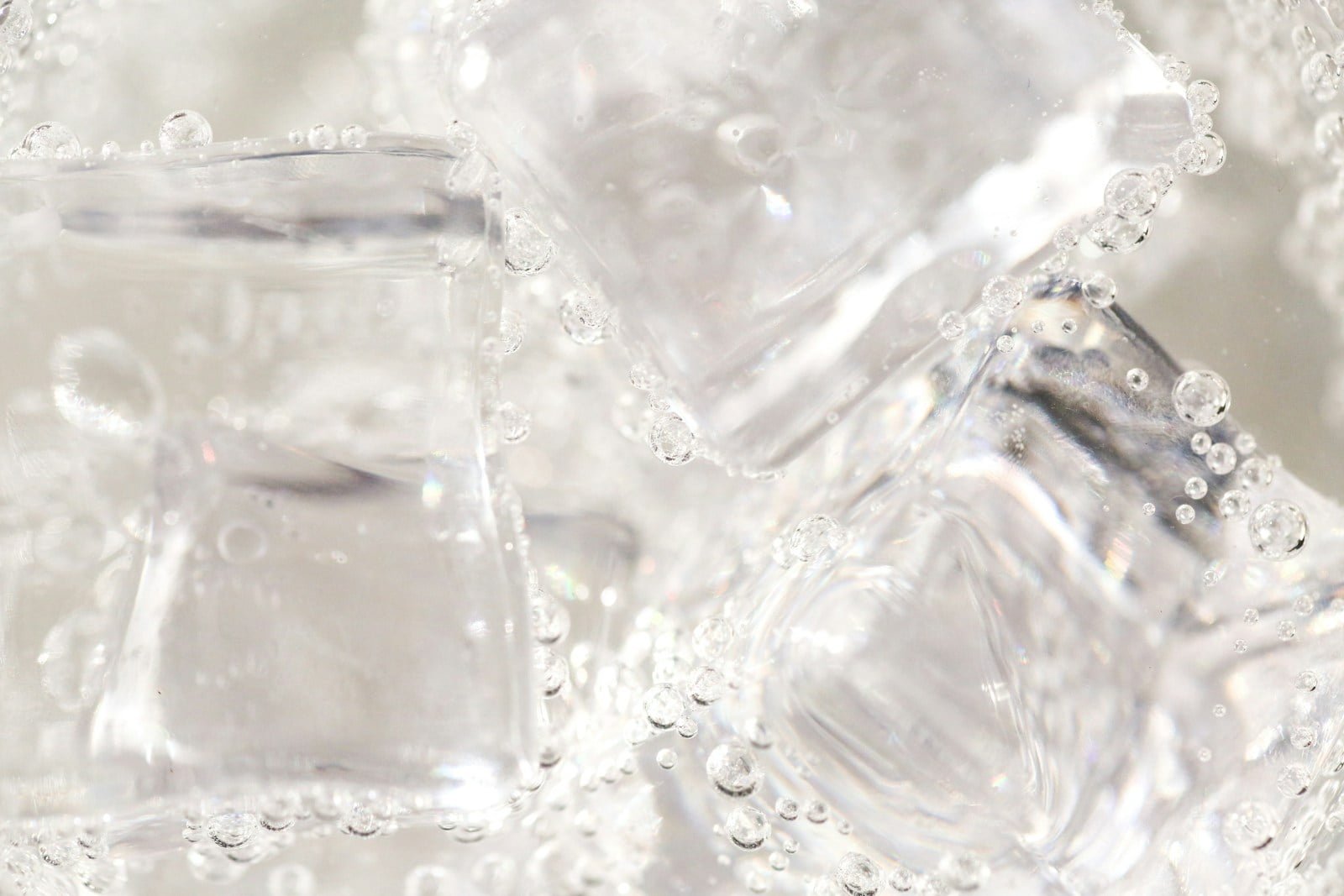
Please note – this is for the Model: KBFS22Ewms9
Encountering issues with your KitchenAid freezer’s ice maker can be frustrating. Whether you’re troubleshooting a malfunction or replacing the unit, understanding how to safely remove the ice maker from your KitchenAid freezer model KBFS22EWMS9 is essential. This guide will walk you through the steps with precision, ensuring you can accomplish the task with confidence.
Before embarking on removing the ice maker, ensure your own safety and the safety of your appliance by unplugging your KitchenAid freezer or turning off the power at the circuit breaker. This is a crucial step to prevent any electrical hazards.
Open the freezer door and locate the ice maker. In the KBFS22EWMS9 model, it’s typically mounted on the upper left side of the freezer compartment.
Carefully lift the ice bin out of the freezer to create space to work. This can usually be done by lifting it up and then pulling it out towards you.
You may find a cover panel or a wire harness cover that you need to remove to access the ice maker’s mounting screws. These can typically be removed by gently prying them off with a flat-blade screwdriver. Keep these pieces safe for reassembly later.
Locate the wiring harness connector. It’s usually found at the side or bottom of the ice maker. Press the release clip with your thumb or a flat-blade screwdriver, and gently pull the connector apart to disconnect the ice maker from the freezer’s electrical system.
Use your Phillips head screwdriver to remove the screws that secure the ice maker to the side of the freezer compartment. Hold the ice maker with one hand while you do this to prevent it from falling.
With the screws removed, you should be able to gently slide the ice maker out. Be careful as there may still be a water fill tube attached to the ice maker. If present, gently pull the fill tube out of the back of the ice maker.
Once the ice maker is removed, check the area for any remaining water or ice that may have been left behind. Clean up any debris before attempting to repair, replace, or simply leave the space without the ice maker.
To reinstall the ice maker or install a new one, simply reverse the steps above:
